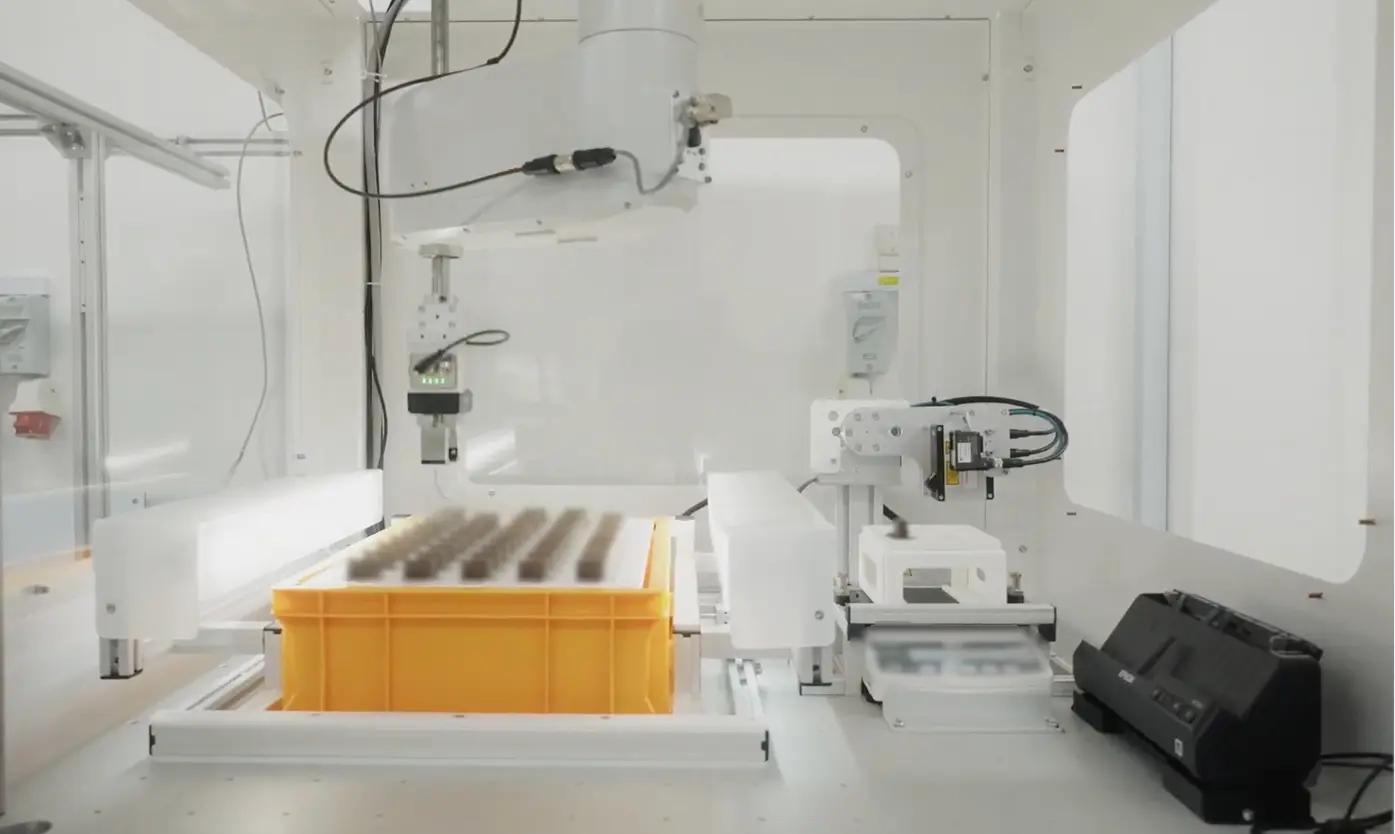Atlanta, Georgia — Pratt & Whitney has implemented an advanced robotic automation system to address mounting labor shortages and double down on quality in its MRO operations, marking a significant shift in how the industry approaches one of engine assembly's most precision-critical tasks.
The system, developed by Atlanta-based Eureka Robotics, automates the traditionally labor-intensive process of weighing, inspecting, and balancing turbine blade sets—a task that has historically relied on manual operations prone to measurement errors and transcription mistakes.
A repetitive process, ideal for automation
The timing reflects acute pressures facing engine MRO. Manual blade weighing is time-intensive and prone to inconsistencies, while experienced technicians retire faster than new talent can be trained. The stakes are high: at thousands of rotations per minute, even the slightest unbalance causes a deviation in the mass center and consecutively undesired engine vibrations, leading to accelerated wear and potential failures.
The mathematical complexity compounds the challenge. With a super-exponential number of possible placement combinations, blade sorting is a complex combinatorial optimization challenge—for blade sets with 70–80 blades, manually determining optimal arrangements becomes impractical.
How the system works
The system processes up to 70 blades in 25 minutes—one-third the time of manual operations—while eliminating human error. Operators simply load the tray and press start.

Key capabilities:
The system processes up to 70 blades in 25 minutes—one-third the time of manual operations—while eliminating human error. Operators simply load the tray and press start.
- Picks blade: Customized gripper adapts to the blade root and uses vision for high-accuracy grasping
- Scans serial and part numbers: Reads dot peen markings with 99.9% accuracy using laser scanners and advanced AI-based computer vision technologies
- Weighs parts: Precision weighing system captures data for each blade; for larger blades, measures moment distribution to ensure complete balance analysis
- Shuffles blades to optimize balance: Computes and executes the optimal blade re-ordering to minimize residual unbalance; can integrate existing balancing algorithms
The system auto-matches part numbers to customer databases and documents all measurements without errors, generating reports with final arrangement, unbalance metrics, and full traceability for regulatory compliance.
For MRO operations leaders, the value extends beyond speed
- Frees technicians from repetitive tasks for higher-value work
- Eliminates measurement and data entry errors that compromise engine safety
- Maintains consistent quality across all shifts, eliminating operator fatigue variables
- Integrates into existing facilities without major infrastructure changes
The system is commercially available now, with Eureka Robotics providing integration support for specific blade families and facility requirements. The company reports active discussions with additional major engine OEMs and Tier 1 MRO providers exploring deployments across their networks.
As labor demographics shift and precision requirements tighten with next-generation engines, automated solutions like Eureka's may transition from competitive advantage to operational necessity.
For more information:
Eureka Robotics MRO Solutions: https://eurekarobotics.com/solutions/mro
Phone: +1 (470) 318-2067

